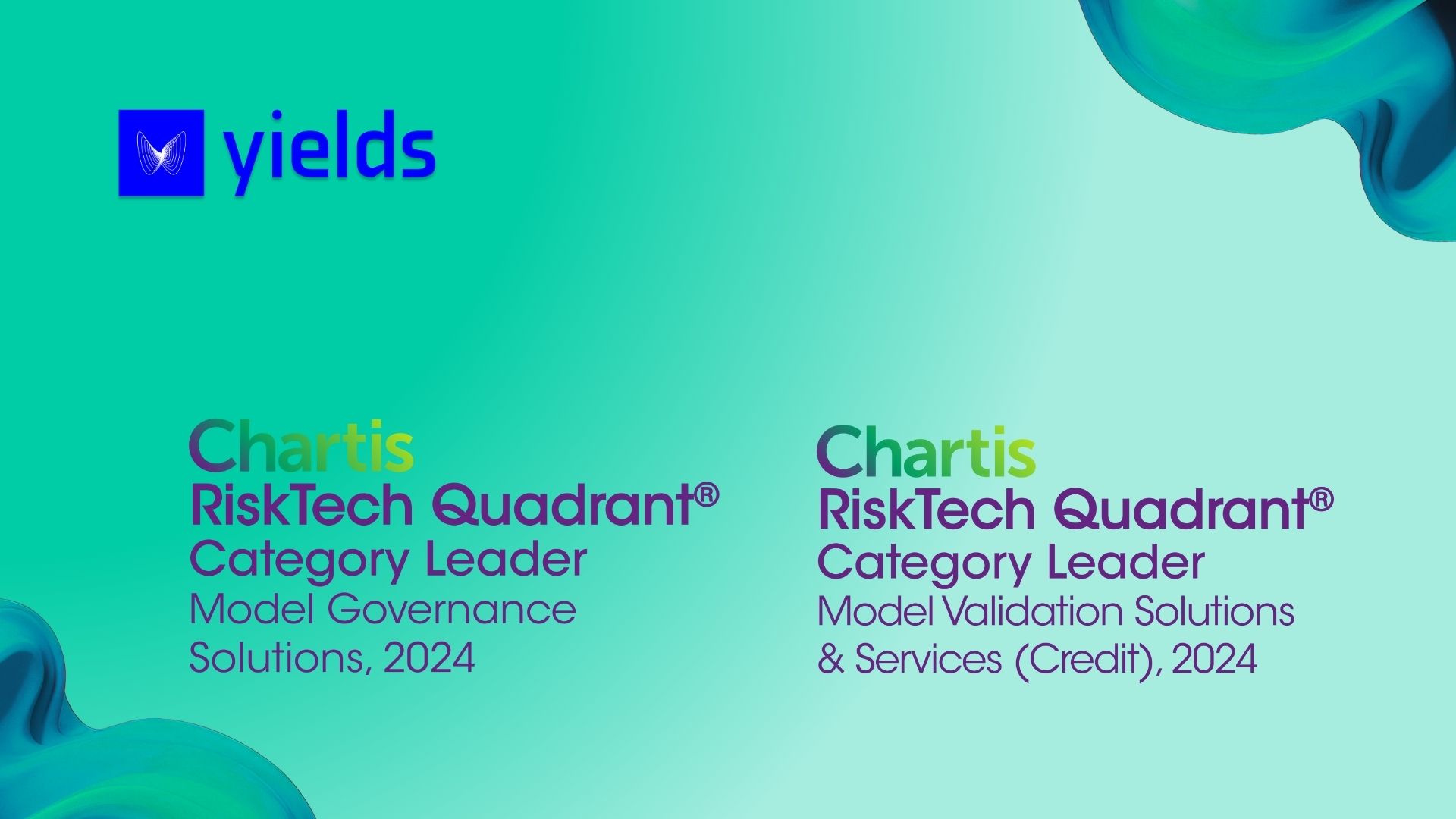Compliance and Regulatory Oversight
However, the AI Act remains the primary legislative source that financial institutions must follow to ensure compliance when using high-risk AI systems, such as those for credit scoring or specific insurance practices, especially when providing services to individuals or retail clients. The list of high-risk AI systems is dynamic and will be updated continuously, making ongoing monitoring essential.
Given the ongoing debate on regulating general-purpose AI systems, financial institutions should closely monitor developments in this area. These models could revolutionize content generation and other applications within the fast-paced finance sector.
With the upcoming Digital Operational Resilience Act (DORA), financial institutions need to consider how its requirements interact with those from the AI Act. DORA focuses on ICT risk governance and management, including third-party risk management. As financial institutions increasingly rely on third-party ICT services for AI solutions due to limited internal capabilities, security challenges and governance issues related to internal controls, data management, and data protection will become more prominent.




